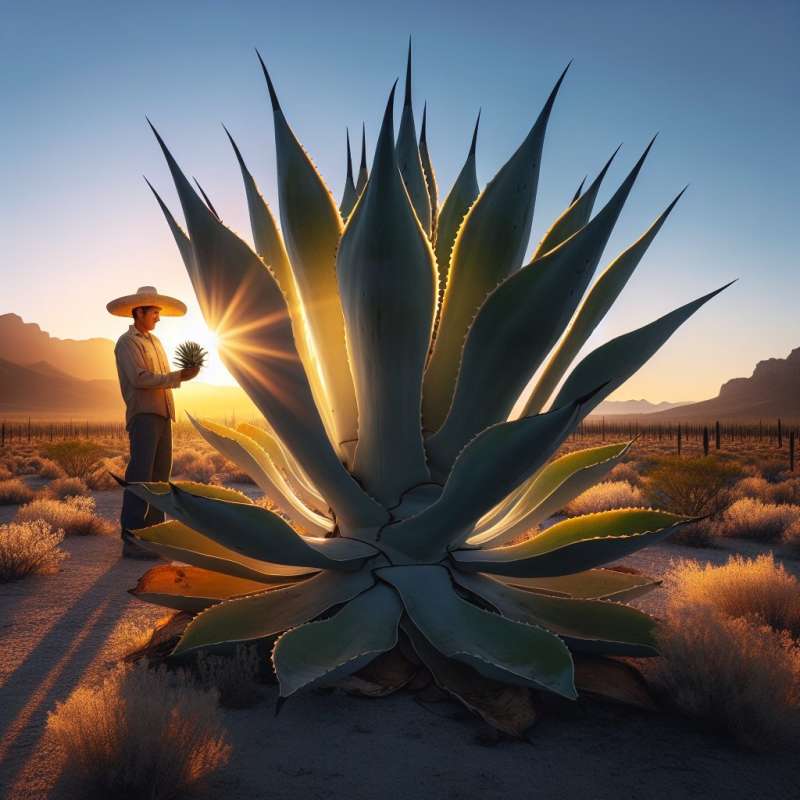
Agave: Introduction
Agaves are succulent plants native to the arid regions of the Americas. They've adapted to survive in harsh environments and have a unique lifecycle that spans decades.
Growth Period
Agaves grow slowly, taking between 5 and 50 years to mature. During this time, they store energy in their core for their singular reproductive event.
The Flowering Spike
Once mature, agaves produce a towering flower stalk, possibly up to 20 feet tall. This 'mast' can take months to grow and signals the plant's impending death.
Pollination Strategy
Agaves rely on bats, birds, and insects for pollination. Their flowers open at night or day, depending on the pollinator. Some exclusively bloom under moonlight.
Seed Dispersal
After pollination, agaves produce seeds which are dispersed by wind or animals. Remarkably, one plant can release thousands of seeds into the environment.
The Agave Offspring
In addition to seeds, agaves can reproduce via 'pups' or offsets that grow from the plant's base, ensuring genetic clones spread even before the mother plant dies.
Death and Legacy
Post-flowering, agaves die, completing their lifecycle. The decaying plant nourishes the soil, aiding the growth of seedlings and pups, ensuring the species' survival.Surprising Agave Fact
Some agave species can live over 100 years before flowering, making them one of nature's most patient plants.
Where are agaves natively found?
Tropical rainforests
Arid regions of Americas
European woodlands
Company